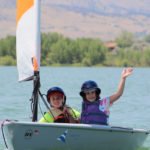My son has been traveling to regattas since he was 12, and both he and I have learned a lot in the past 6 years. I have seen him transformed from a peppy bundle of energy to an exhausted wreck who falls asleep on the way home, lolling in the passenger seat while still wearing his lifejacket.
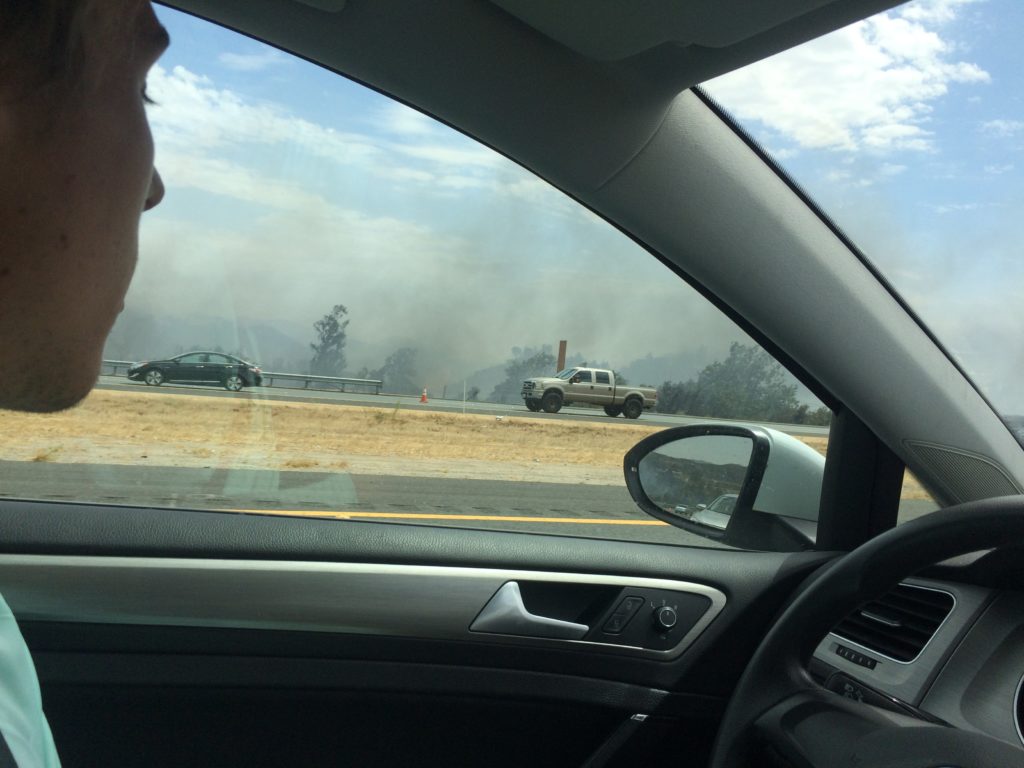
Getting to the regatta: We have a well-honed method for getting to a regatta. We start by begging our friend, Tim Gormley, to weld our trailer back together after whatever damage was inflicted on the last trip (see vibration: support pole snapped, deer: collision, and SUV: collision). Then I buy Cameron a plane ticket to meet me when I arrive. Often we choose to support the airlines by buying two (see: mandatory choir concert: forgotten and IB exam dates: misread). Then we load everything into the car, and I drive wherever I feel like, as long as I get to the airport on time. We have driven over ice-covered roads in Kansas, through a dust storm in Texas, fog on Mt Shasta, found a dirt road to skirt Vail Pass when it was closed, and driven by alligators poised as if to cross the highway in Florida.
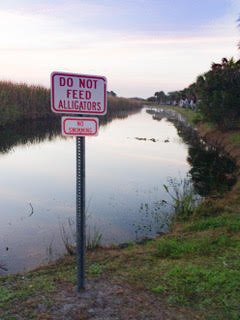
Where to stay: We sometimes camp, which can be beautiful. We had a lovely spot by the sea-wall in Sarasota and camped next to the mangroves in St Petersburg. Researching a campground in Fort Pierce I noticed that several previous campers had mentioned seeing alligators; they live in the river running around three sides of the camping area. When we checked in I asked about this and was told not to worry, it is only crocodiles which come out of the water, alligators stay in the water. After our stay I found this helpful description of an alligator: “Much like the cheetah, the alligator is an incredibly fast runner. Perhaps you’ve seen one rise up on its long, muscular legs and sprint 500 yards (457 meters) across a wide-open field after fleeing prey.” Huh. Further searching found this was actually an exaggeration but I was glad I had looked only after our stay.
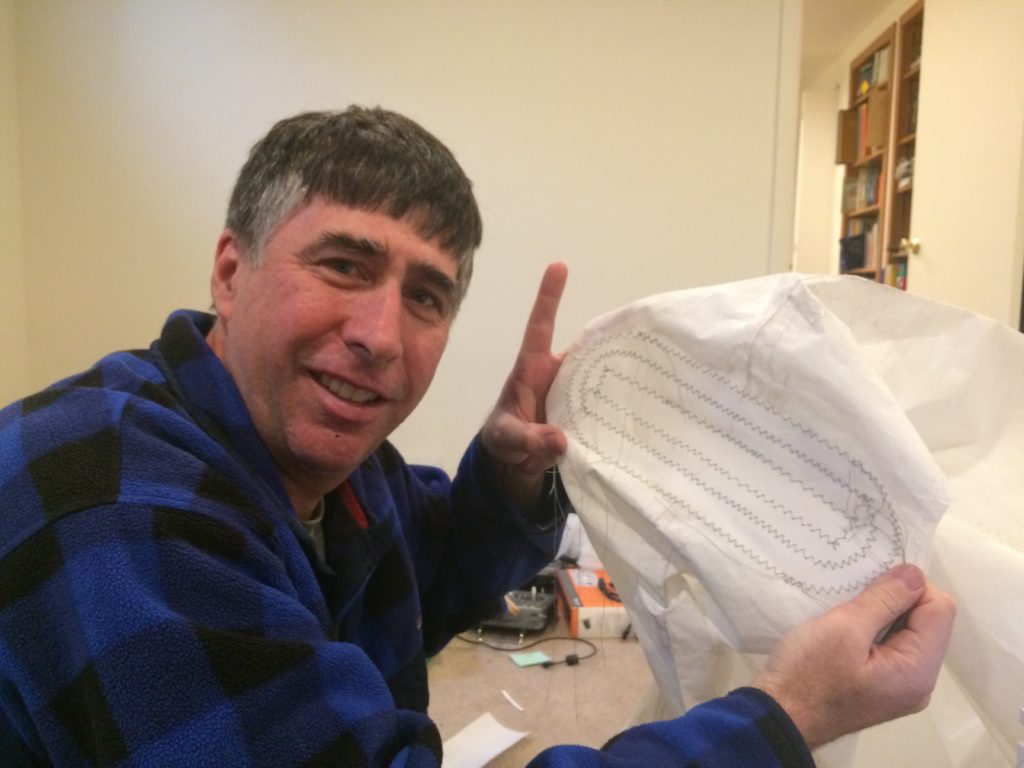
Setting up your boat: I quickly realised that the CSC intermediate sailing class is not a recognised qualification for race laser rigging. Instead there is a tough regimen of extensive training needed for each aspect of rigging. I admit I was naive in the beginning and once threaded the mainsheet alone. That display of arrogance was quickly quashed when another sailor came by and commented that Cameron’s boat looked all good – except for the mainsheet of course. After that heartbreak, I lost confidence, but then resumed my training by tackling another skill. Last year I finally achieved my first qualification! Sail rolling! I am now proudly able to display an acceptable technique to help roll the sail after racing. Other family members also contribute with my husband, Murray, being particularly skilled at sail sewing. He loves the challenge of repairing the damage done by a broken mast since it requires unpicking and re-sewing the sail sleeve.
Starting: When you start out in a big fleet it can be intimidating to push into the spot you think is the best. Cameron learned a lot about starting last year and now feels he can get a start which will not be a disaster for the rest of the race. However, sometimes you just want to leave all that jostling and aggressiveness behind and finally get some clear air for goodness sake!! So every now and then just break free and get a start, well ahead of the other sailors – it can be annoying when they mess up your wind or try to sail into the spot you want.
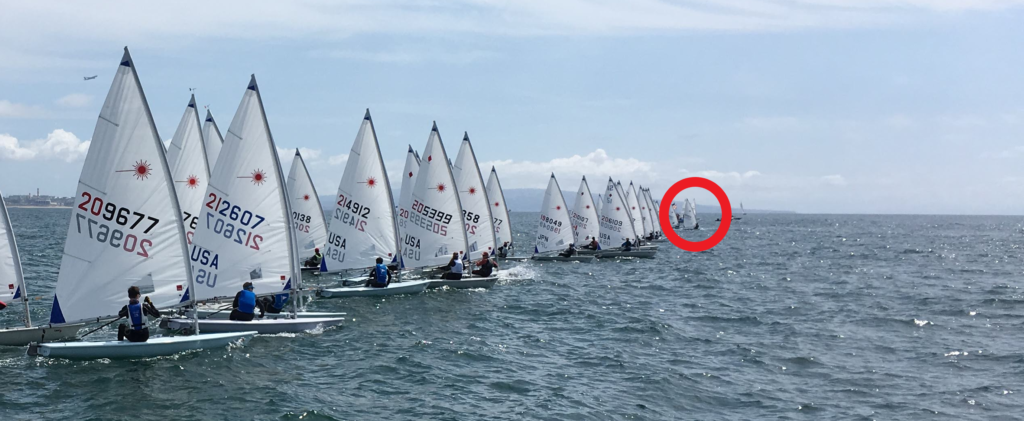
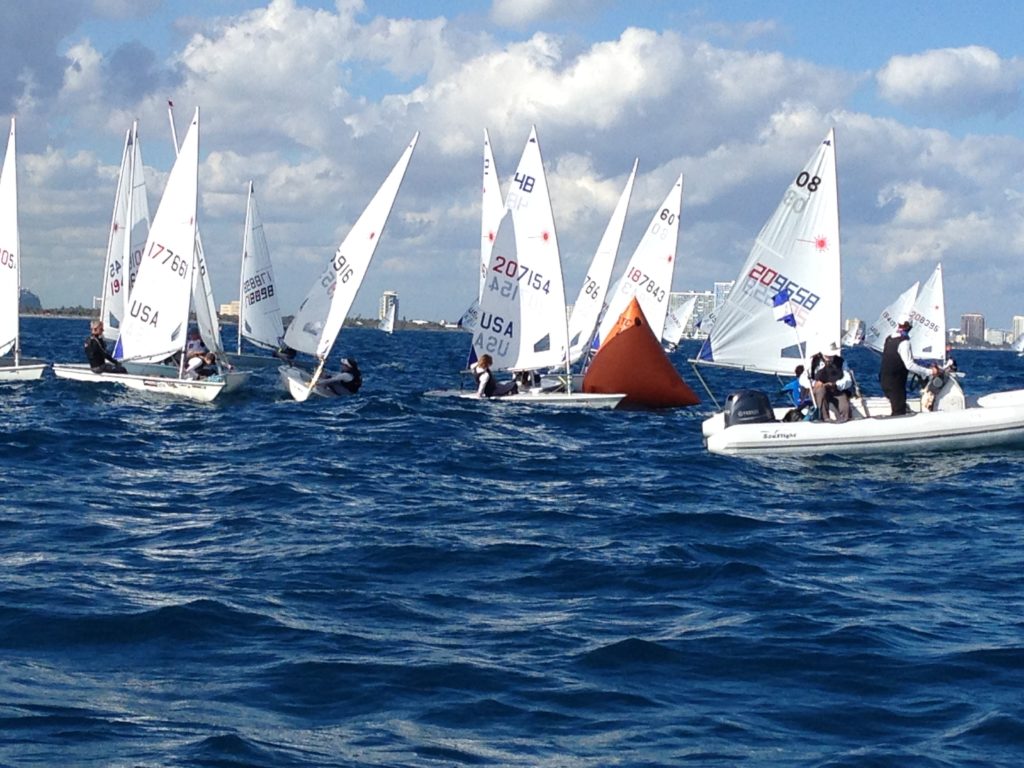
Mark rounding: It is always exciting to see what will happen at the mark! Capsizing is quite common, with the added danger that you can get stuck to the mark with no room to manoeuver as 80 other boats cut around you as closely as possible. In Fort Lauderdale our team-mate was behind a boat who got caught on the mark and dragged it out of position. As our friend approached, the other boat finally got free and the mark sprang back and smacked his boat! Do you still have to do turns when the mark hits you?? (Apparently not, although he did). On another upwind leg, the port half of the fleet over-stood the mark and no-one was able to correct until the innermost boat tacked. This expanded the range of approach angles and meant the upwind boats were able to interfere much more effectively with those who had just rounded.
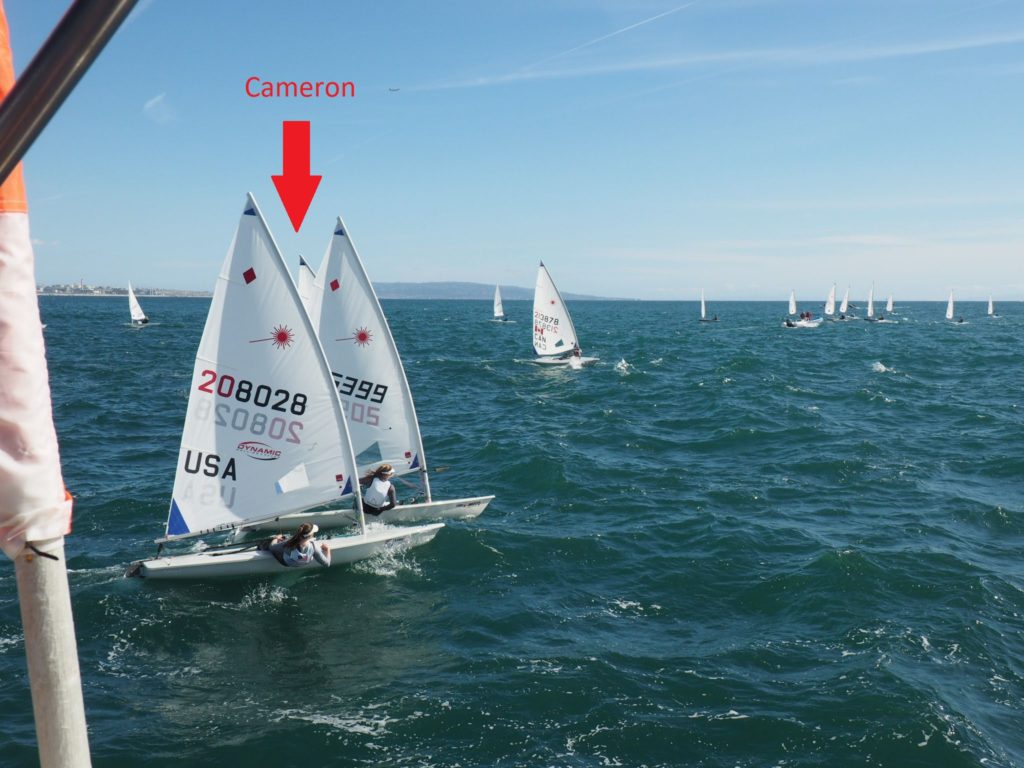
Finishing: At the laser midwinter west Cameron decided to try his new invisible finisher technique. Maybe the idea was that if your finish isn’t recorded you can argue that you were first?? In reality it was recorded at the other end of the fleet with a DNF. Not so good. Luckily we had this photo Katherine took from the finish boat so we sent her in to convince the judges Cameron was in the picture. No problem!
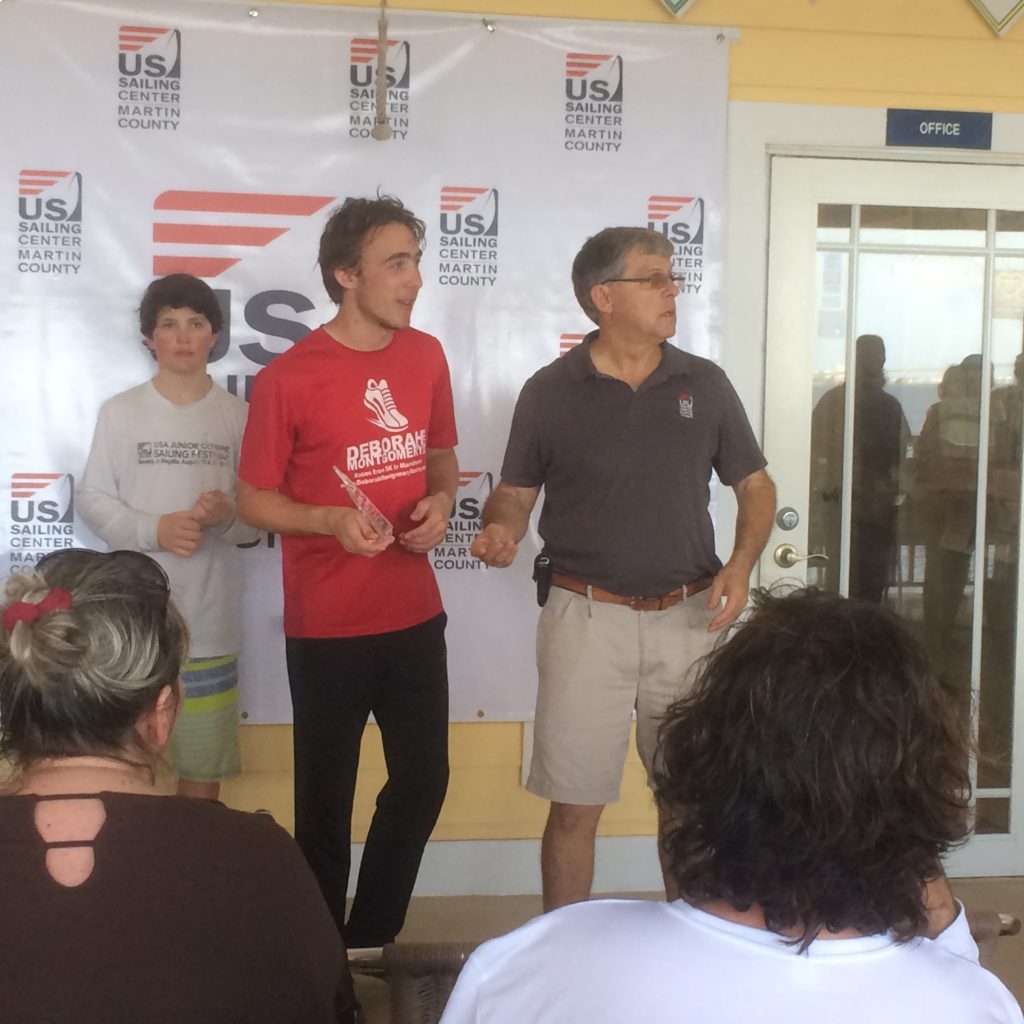
Awards: Cameron is used to sailing alone, so sharing the spotlight for an award can be difficult for him. His technique in the c420 regatta was to ensure his partner, Chris Long, was busy packing the boat up during the awards ceremony. No sharing the glory and you get TWO awards!
Getting home: Sometimes spending a whole regatta with Cameron can get too much and after a couple of days in the car you might suggest he checks out what is inside this box you have come across? Cameron is a sweet and trusting person and we hope he is also good at jail-breaks. We hope to see you at the next regatta!
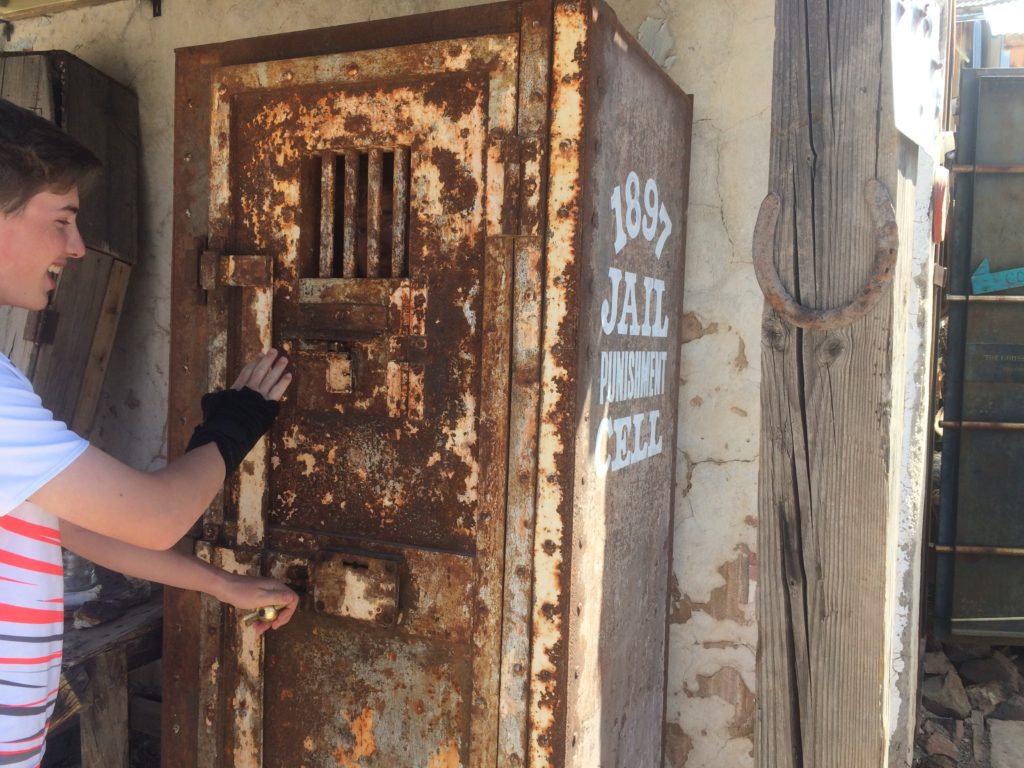
Sincerely,
Alison Grimsdell – Proud and Devoted Mother of CSC Racer Cameron Holland



